Perfect Strangers by Deep Purple
Buy Perfect Strangers Through the past half century of classic rock and roll, there have been scores (if not hundreds) of major group reunions, with very mixed results. However, there have been very […]
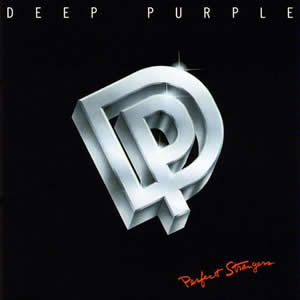
Buy Perfect Strangers Through the past half century of classic rock and roll, there have been scores (if not hundreds) of major group reunions, with very mixed results. However, there have been very […]
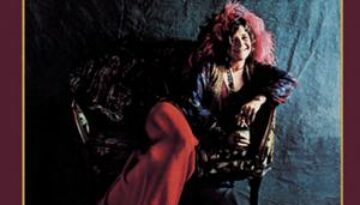
Buy Pearl Pearl was the final, posthumous album in the brief but explosive career of Janis Joplin. She died before the album’s completion on October 4, 1970, at just 27, done in by […]
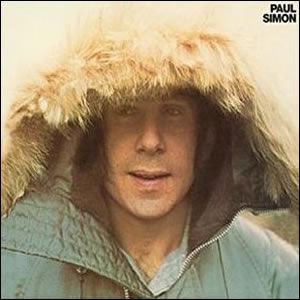
Buy Paul Simon Staking his own claim in the musical landscape, Paul Simon began exploring world influences with his 1972 eponymous album. It was his first post Simon and Garfunkel album, and let […]
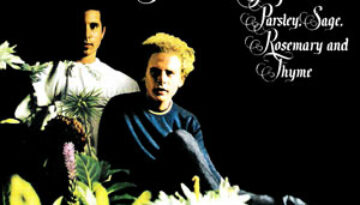
Buy Parsley Sage Rosemary Thyme Although Parsley, Sage, Rosemary and Thyme is officially the third album by Simon & Garfunkel, they certainly did not take the traditional path to get to this point. […]
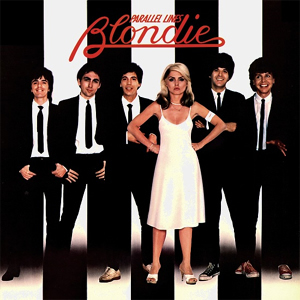
Buy Parallel Lines Blondie has become one of those groups that is often misunderstood on multiple levels. First, this was a band, not a female solo artist with a common nickname. Next, this […]
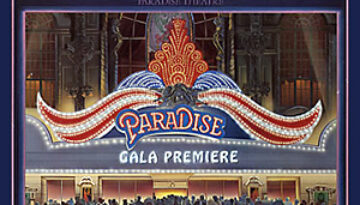
Buy Paradise Theatre At a time when the “concept album” had all but gone out of fashion, Styx released Paradise Theatre, an album that loosely couples a fairly interesting concept with some strategically […]
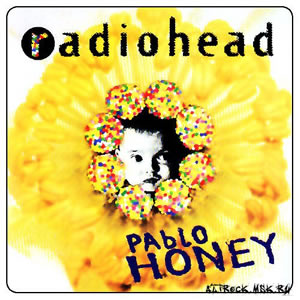
Buy Pablo Honey With their 1993 debut album, Pablo Honey, British band Radiohead was just starting to forge their interesting sound which brought them much fame later on in the decade. However, in […]
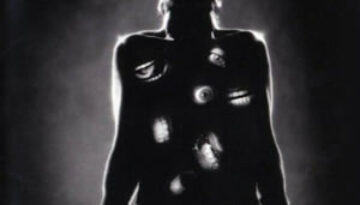
Buy Ozzmosis Ozzmosis is a solid rock album and, perhaps, the last best solo effort by Ozzy Osbourne. This seventh solo studio album was also sort of a comeback for the iconic rock […]

Buy Outrider Although Jimmy Page had a pretty rich post-Led Zeppelin career, he only released one solo studio album, Outrider, in 1988. Originally intended to be a double album, the project was pared […]

Buy Out of Time Following the success of R.E.M.‘s 1988 album Green and the extensive supporting tour which followed, the band took nearly a year to recuperate before reconvening to produce their next […]